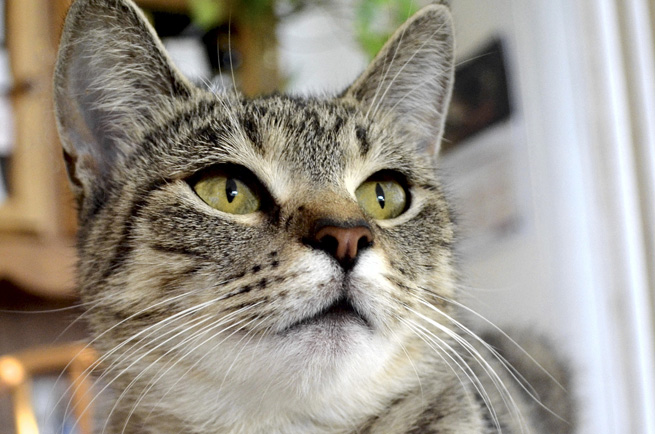Manx
The Manx looks remarkably like the British Shorthair—except it has no tail, of course! The Manx is known for its roundedness. It has a large, round head and prominent cheeks. The ears are set high on the head and are angled slightly outwards. They taper from a broad base to a rounded tip. The Manx's eyes are large and round and the eye colour is in keeping with the coat colour. The robust body is solid, with a broad chest and short back. The rump is rounded and should be higher than the shoulders. The legs are short and powerful, with the back legs being slightly longer than the fore legs. Only the 'grumpy' with no tail or the grumpy riser, who has a slightly risen tail bone, can enter into cat shows.
Comes in many colours and patterns including tabby, tortoiseshell and calico
10-12 yers
Requires approximately 70 Kcals per kg bodyweight per day of food.
comments powered by Disqus



